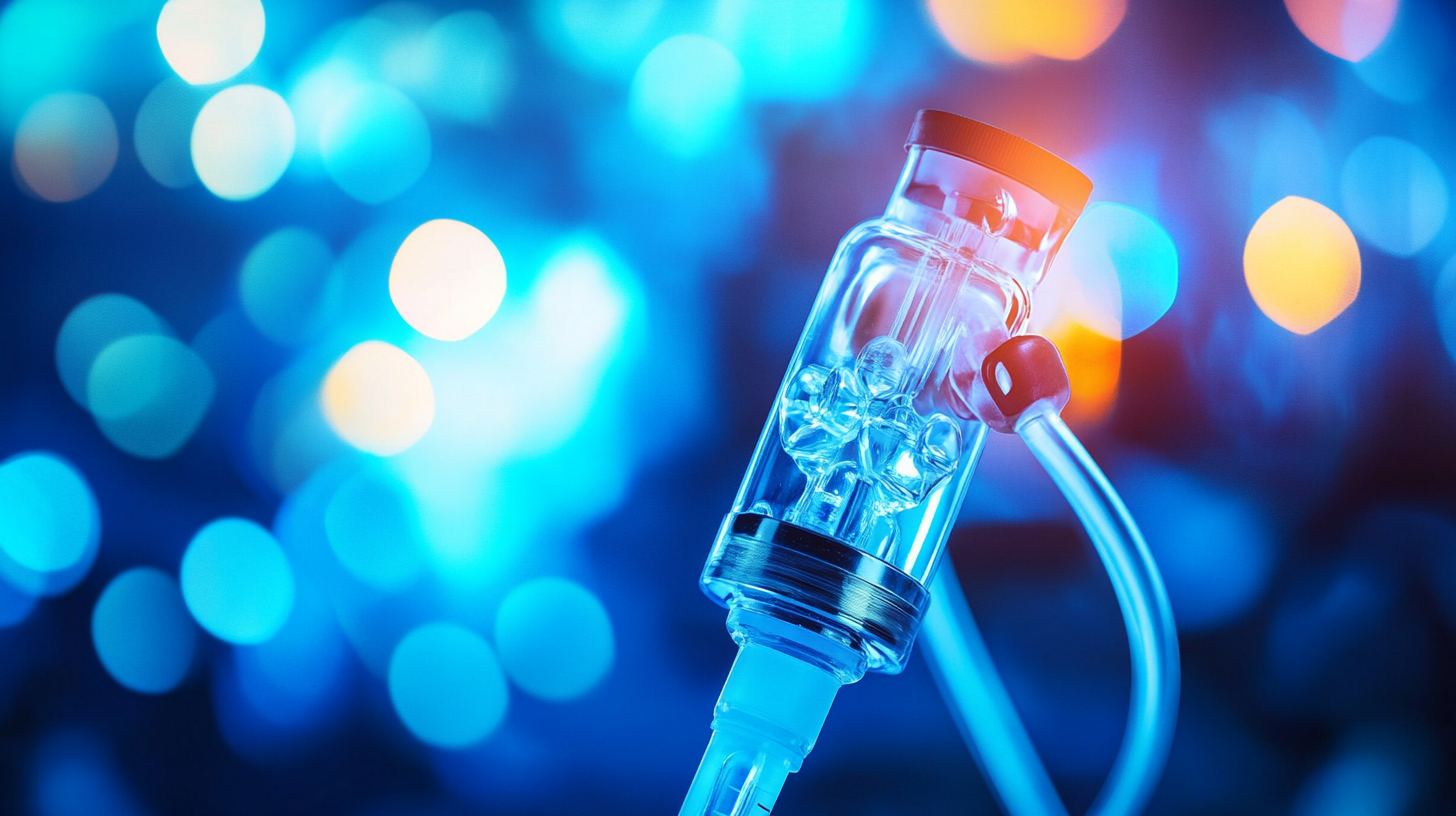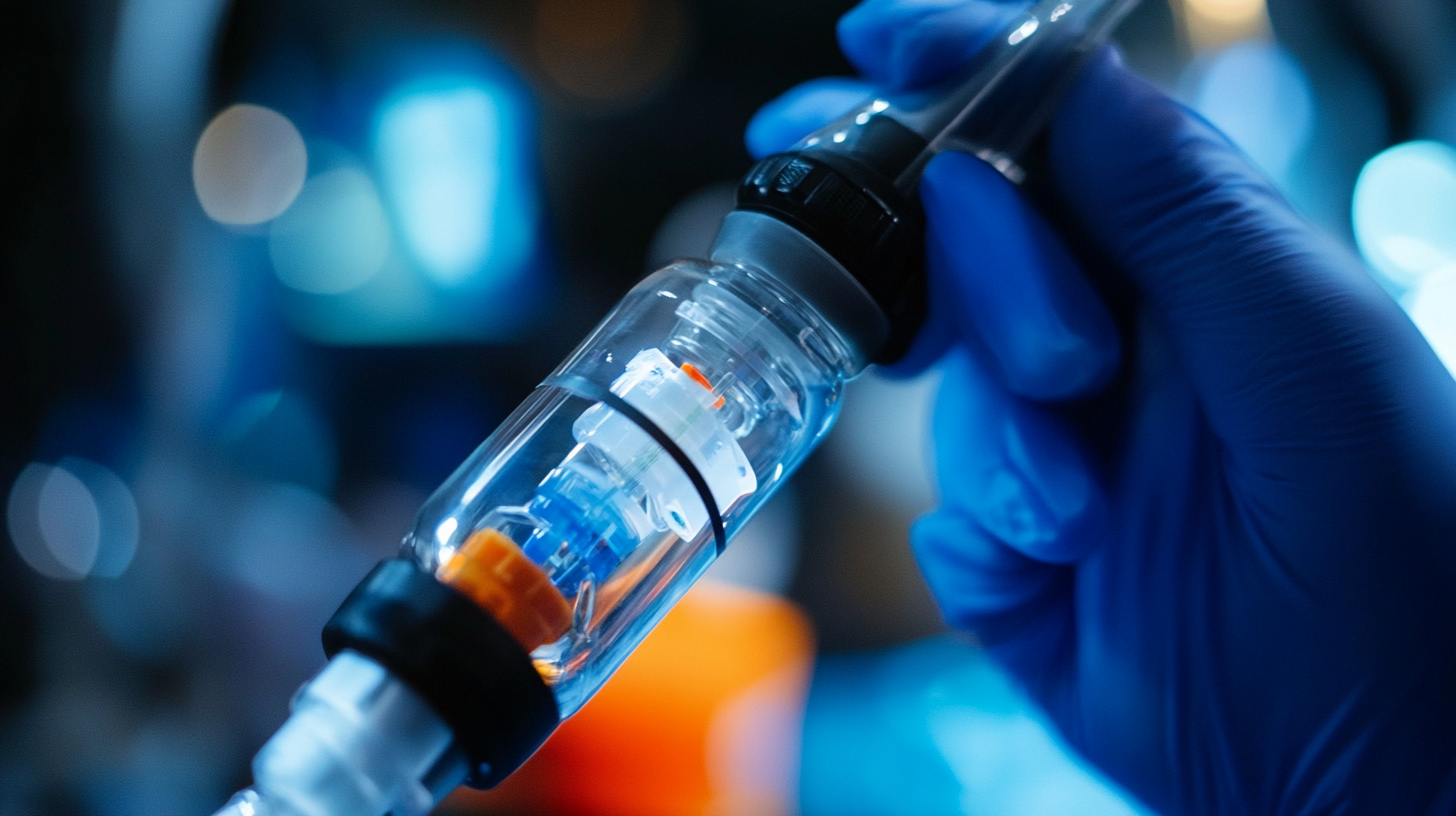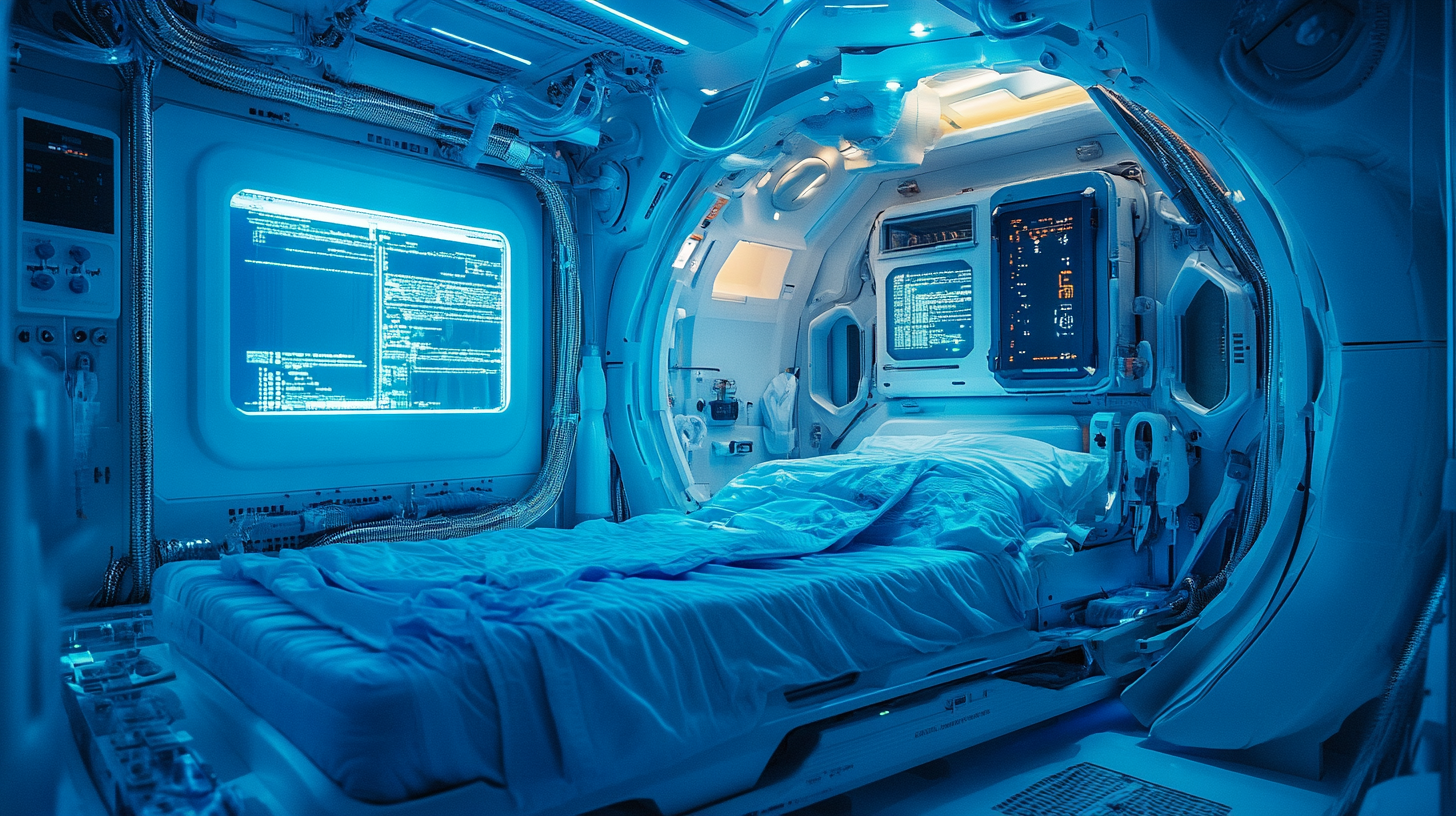Emerging Trends in Oxygen Level Meters: Innovations and Alternatives for 2025 and Beyond
As we move deeper into the 21st century, the demand for accurate and reliable measurement of oxygen levels has become increasingly critical across various industries. An Oxygen Level Meter is not just a tool for healthcare professionals; it has found applications in environmental monitoring, industrial processes, and even in enhancing personal wellness. With advancements in technology and an ever-growing understanding of the importance of oxygen management, the landscape of oxygen level measurement is evolving rapidly.
In this blog, we will explore the emerging trends in Oxygen Level Meters, focusing on the latest innovations and alternative technologies that are set to shape the future. As we look ahead to 2025 and beyond, we will discuss the developments that promise to enhance accuracy, ease of use, and accessibility of oxygen level monitoring devices. By staying informed about these trends, businesses and individuals alike can make more effective decisions to optimize health and safety in their respective environments.

Innovative Technologies Shaping the Future of Oxygen Level Meters
The landscape of oxygen level meters is rapidly evolving, driven by innovative technologies that are set to redefine their functionality and application. As industries increasingly prioritize accurate monitoring of oxygen levels for health, safety, and environmental reasons, advancements in sensor technology are at the forefront of this transformation. New materials, such as advanced nanomaterials and smart polymers, are enhancing the sensitivity and accuracy of oxygen sensors, allowing for real-time data collection even in challenging environments. Moreover, the integration of IoT (Internet of Things) capabilities is revolutionizing how oxygen level meters operate. Wireless connectivity allows for the seamless transmission of data to cloud-based platforms, making it easier for users to monitor oxygen levels remotely and in real time. This not only enhances operational efficiency but also enables predictive maintenance and timely interventions, potentially saving lives in critical situations like industrial accidents or medical emergencies. Another area of innovation lies in the development of portable oxygen level meters that use advanced battery technologies to ensure longevity and reliability. These devices cater to sectors such as healthcare and environmental monitoring, where mobility and accuracy are paramount. The push towards sustainability is also evident, with manufacturers exploring eco-friendly alternatives and energy-efficient designs that meet the growing demand for green technology. As we move towards 2025 and beyond, these innovations promise to shape a future where oxygen monitoring is more accessible, accurate, and integral to various industries.

Key Features of Next-Generation Oxygen Level Monitoring Devices
The evolution of oxygen level monitoring devices is set to take a transformative turn in 2025 and beyond. As the demand for precise and reliable oxygen measurement continues to grow across various industries, next-generation oxygen level meters are incorporating advanced features that enhance functionality and user experience. According to a recent report by MarketsandMarkets, the global oxygen meter market is projected to reach $1.5 billion by 2025, highlighting the significant need for innovations in this field.
One of the key features of next-generation oxygen level monitoring devices is the integration of real-time data analytics. Many modern devices now utilize IoT (Internet of Things) capabilities, allowing users to access and analyze oxygen levels remotely. This innovation not only improves operational efficiency but also facilitates proactive decision-making in critical environments, such as hospitals and industrial settings. Additionally, advanced models are implementing artificial intelligence algorithms to predict fluctuations in oxygen levels, further enhancing their reliability.
Another notable trend is the incorporation of user-friendly interfaces and enhanced portability. With the shift toward personalized healthcare, devices equipped with intuitive touchscreens and mobile app support are becoming increasingly popular. According to a study by Grand View Research, the portable oxygen concentrators market is expected to witness a CAGR of 15.2% from 2023 to 2030. This demonstrates a clear inclination towards devices that offer convenience without compromising on accuracy.
Furthermore, these emerging devices are focusing on multi-gas sensing capabilities, allowing for comprehensive environmental monitoring. Industry experts predict that sensors capable of detecting various gases alongside oxygen will be crucial in applications ranging from healthcare to environmental science. By incorporating these advanced features, next-generation oxygen level meters are not just keeping pace with industry demands but setting the standard for future innovations.

Alternative Methods for Accurate Oxygen Measurement in Critical Applications
As we approach 2025, the field of oxygen measurement is witnessing significant innovation, particularly in the exploration of alternative methods that promise higher accuracy and broader application. In critical environments—such as hospitals, athletic training facilities, and even home healthcare—there is an urgent need for reliable oxygen level indicators that cater to diverse populations and various skin tones. Recent studies have highlighted the limitations of conventional pulse oximetry, revealing a concerning racial bias that affects readings based on skin pigmentation. This has spurred research into enhanced techniques that utilize advanced photoplethysmogram (PPG) analysis and hydrogels, introducing new paradigms in oxygen monitoring.
Moreover, emerging technologies like smart wearables are beginning to bridge the gap in oxygen level measurement. These devices not only promise ease of use but also integrate with mobile applications to provide real-time feedback on health metrics. Users can monitor their oxygen saturation levels while engaging in physical activities or during sleep, allowing for proactive management of their health conditions. As researchers delve further into the integration of biosensors and machine learning algorithms, the future of oxygen measurement is set to be more personalized and precise, offering a compelling alternative to traditional methods.
In essence, the evolution of oxygen measurement technologies signifies a broader trend toward inclusivity and accuracy in health monitoring devices. By addressing the historical biases and limitations of existing tools, innovative approaches are paving the way for improved health outcomes across diverse populations, ensuring that everyone has access to reliable and accurate oxygen level assessments.

Sustainability and Eco-Friendliness in Oxygen Meter Production
As industries move towards more sustainable practices, the production of oxygen level meters is undergoing significant transformation. In 2025 and beyond, manufacturers are prioritizing eco-friendliness, utilizing sustainable materials, and reducing the carbon footprint of their devices. According to a recent industry report by MarketsandMarkets, the global market for sustainable measurement technologies is projected to reach $12 billion by 2026, signifying a robust trend towards environmentally conscious practices in technological development.
One of the most notable innovations is the integration of biodegradable materials in the manufacturing process of oxygen meters. Companies are developing sensors that can be produced with plant-based plastics, which decompose more easily than traditional materials. In addition, advancements in recycling technologies are enabling manufacturers to reclaim precious metals and components from outdated devices, significantly curbing waste. A study from the International Journal of Environmental Research highlights that utilizing recycled materials can reduce production emissions by up to 30%, illustrating the potential impact on the carbon footprint of oxygen meter production.
Moreover, the adoption of renewable energy sources in production facilities is becoming increasingly common. A report from the Renewable Energy Policy Network indicates that energy-intensive industries, including sensor manufacturing, are shifting to solar and wind energy, which can decrease overall energy consumption by over 40%. These efforts are not just beneficial for environmental conservation; they also resonate well with consumers who are increasingly prioritizing sustainability in their purchasing decisions.
As we look to the future, the intersection of innovation and sustainability in oxygen level meter production is more crucial than ever. The emphasis on eco-friendliness is poised to redefine the industry, aligning technological advancement with responsible environmental stewardship.
Emerging Market Trends and Consumer Demands for Oxygen Level Solutions
As we look towards 2025 and beyond, the demand for oxygen level meters is rapidly evolving, driven by emerging market trends and shifting consumer needs. According to a recent report by MarketsandMarkets, the global oxygen meters market is projected to reach USD 1.5 billion by 2026, growing at a CAGR of 7.5% from 2021. This significant growth can be attributed to the increasing prevalence of chronic respiratory diseases and the rising emphasis on environmental monitoring.
Consumers are increasingly seeking accurate and real-time data, leading to innovations in oxygen level measurement technologies. For instance, portable oxygen meters with advanced sensors now allow users to monitor their oxygen levels on the go, meeting the needs of both healthcare professionals and everyday users. A study from Grand View Research highlights that the demand for handheld and wearable oxygen monitoring devices will continue to surge, as users become more health-conscious and proactive about their well-being.
Moreover, sustainability is becoming a crucial factor in consumer purchasing decisions. Eco-friendly alternatives that utilize energy-efficient technologies are gaining traction. Research indicates that products made from sustainable materials are not just favored by consumers but are also viewed as a commitment to environmental stewardship, thereby enhancing brand loyalty. As manufacturers innovate to address these evolving demands, the landscape of oxygen level solutions will undoubtedly continue to transform in the coming years.


